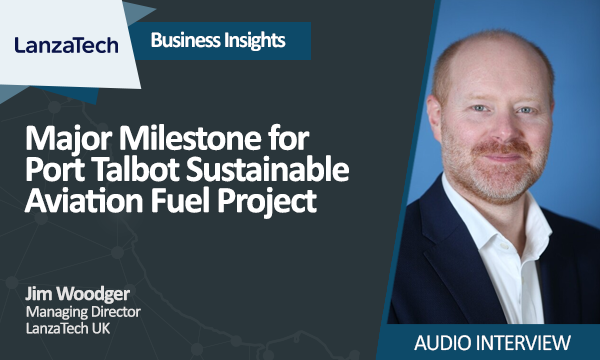Throughout much of the last decade, one project above all others has inspired Wales.
Swansea Bay tidal lagoon was expected to provide not just energy and jobs for the region, but to be the starting point for a major new industry with huge export possibilities. The relatively small Swansea lagoon – it could power around 150,000 homes – would be eclipsed by much bigger lagoons at Cardiff, Newport, Conwy and across the Severn in Bridgewater Bay.

Hope that the lagoon would be built reached a peak on January 2017 when an independent review, chaired by former Energy Minister Charles Hendry, gave its backing. But 18 months later the hopes were cruelly dashed when the UK Government refused to back the project with a financial subsidy, effectively a price guarantee. Without that support, the project could not go ahead. The £200m pledged by institutional investors remains a paper promise.
Battered but unbeaten, the company behind the project, Tidal Power plc, vowed to keep it alive and looked for ways to progress it (the previous development company, Tidal Lagoon Power, was put into a company voluntary arrangement). Now, though, it is approaching a crucial turning point that could spell the end of the scheme, or see it back on track.
On June 30 the lagoon’s Development Consent Order, or planning permission, is due to expire. If it’s not extended, anyone interested in taking the project forward will have to apply for a new DCO. Given that getting the original one took 7 years and cost £50m, that’s a daunting prospect.
There is hope though. As the Covid-19 lockdown sent the economy into a nosedive, the UK Government started talking about a Green Bounceback to spur recovery. On July 6, less than a week after the DCO expires, Prime Minister Boris Johnson is expected to announce a list of shovel ready infrastructure projects his government will support to help fire up economic activity around the UK. Tidal Power is hoping the lagoon will be one of them.
The lagoon already has the backing of institutional investors who it is said remain committed to it.
What it needs, and what was denied before, is a Contract for Difference that will guarantee the price the company receives for the electricity it produces over a given period. The Government balked at that before because the price asked was high when set against the rapidly falling cost of electricity from offshore wind farms. Whether the Government will be more willing to pay a similar price now remains to be seen.
Meanwhile, the picture has been complicated by the appearance of a new lagoon project in Swansea Bay. In the wake of the Government’s rejection of the Contract for Difference bid, Swansea Bay City Region set up a taskforce to look at how a lagoon could be developed that wouldn’t require the sort of Government subsidy that Tidal Lagoon Power’s project needed.
They came up with a concept they called Dragon Energy Island, which incorporates features such as a floating solar farm, using the electricity generated to make hydrogen for vehicles, and even floating housing within the lagoon basin, as well as shaving off around a third of the £1.3bn construction costs of the original scheme with a redesigned seawall. Other ideas advanced to make the project more financially viable include using battery storage technology and delivering electricity directly to homes instead of using the National Grid.
Crucially, the project would be able to get planning permission from the Welsh Government instead of Westminster as the previous scheme had to. If the DCO for the current project lapses, Tidal Power’s interest comes to an end and the ball is in Swansea Council’s court to try to get new planning permission and backing from private investors, and probably Welsh Government. Perhaps even Boris Johnson’s government will put some money behind it.
Another possibility is that Tidal Power might hand over the DCO for their project to the Dragon Energy Island team, which might have a better chance of winning Government backing. But Tidal Power has so far shown no inclination to do so.
Perhaps the best solution would be for the two sides to work together and compromise on a project they can both support.
After all, if the new Dragon Energy Island features did lower the construction costs and bring in more revenue, it should make it a lot easier for either UK or Welsh governments to back the project. Tidal Lagoon Power had previously asked for up to £461m in loan and equity investments from the Welsh Government, and Cardiff Bay had indicated a willingness to lend £200m.
Many people in the renewable energy field are hopeful that the pandemic will bring a new boost to the sector. There’s hope that the forced slowdown in economic activity, and the improvement in our urban air quality, will encourage people to think more about how we can green our economy. And the expected rise in unemployment will give an impetus to government support for infrastructure projects.
So the time may finally be right for Swansea Bay tidal lagoon, or Dragon Energy Island. One way or another, we should find out soon.












